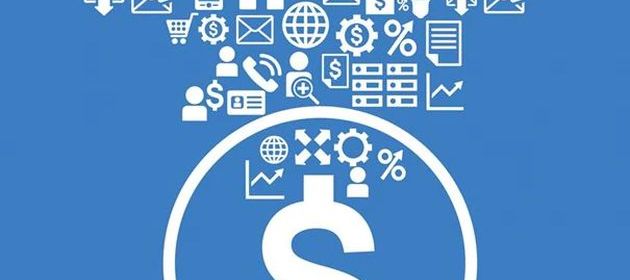Over the years, I’ve been shopping at four big box retailers. Let me call them A, B, C and D.
Retailers A, B and C run loyalty programs, of which I’m a member.
Retailer D does not run any loyalty program.
After shopping at Retailer D for a couple of times, I stopped visiting A, B and C altogether and moved my entire custom to Retailer D.
(UPDATE DATED 28-MAR-2017: Five years after I wrote this post, the situation is unchanged – I still do all my shopping at Retailer D.)
Why?
Checkout takes less than 10 minutes at Retailer D (UPDATE DATED 28-MAR-2017: Nowadays, crowds have increased manifold at this retailer and checkout does take around 20-30 minutes)
I get a “bill shock” at Retailers A, B and C. At Retailer D, on the contrary, I get a “bill surprise”.
We all know what “sticker shock” is – it’s the (often unpleasant) surprise we get when we look at the price of an item.
“Bill Shock” is a relatively uncommon term. It stands for “the condition resulting from seeing the total price of a bunch of items and realizing that the damage is much greater than you originally expected.”
In simple English, people glance at the price tag of an item as they drop it into their shopping cart. As they proceed towards checkout, they get a feel for how much their total bill will be – let’s call this figure X.
Then they reach the checkout and the cashier rings up their purchase and gives them their receipt on which the actual amount is printed – let’s call this figure Y.
Bill shock happens when Y exceeds X.
Bill surprise is the opposite – it happens when Y is lower than X.
In other words, when the actual bill is higher than your mental estimate of it, you get a bill shock whereas when the actual bill is lower than your mental estimate of it, you get a bill surprise.
There could be many reasons for bill shock. But, from my personal experience, I attribute it mostly to “dynamic pricing” or “price optimization”.
Billed by retail industry pundits and technology providers as a best practice for big box retailers to boost topline while preserving margins, price optimization works as follows: In any store, there are only a few items whose price drives the consumer’s perception of the entire store’s value. A retailer identifies these items, which McKinsey calls Key Value Items* (KVIs). KVIs constitute 20-25% of a typical customer’s basket.
Research shows that a typical shopper only looks at the price of KVIs before judging whether a store is a rip-off or offers value-for-money. In other words, she does not look at the price of the remaining 70-75% of the basket comprising of non KVIs while arriving at this judgment.

A retailer adopting price optimization marks down the prices of KVIs and drums up footfall to its stores by aggressively advertising only these prices. Once shoppers visit the store, they pick up these items. But they usually don’t stop there. They also tend to load up on many more items that happen to be selling at full price. As a result, the aggregate discount on the total basket is not as high as the ads have conditioned them to believe.
This is how price optimization creates the conditions for bill shock.
What happens next will determine whether price optimization is a boon or bane for retailers.
Once they get the bill at checkout,
- Some customers don’t perceive a bill shock or, even if they do, don’t let it affect their decision to shop again at the same retailer in future (Cohort A).
- Others – including me – do perceive a bill shock and switch to another retailer where they’re not likely to get a bill shock (Cohort B).
If Cohort A is larger than Cohort B, said retailer can boost its topline while preserving margins. Price optimization is a boon.
If Cohort B is larger than Cohort A, said retailer would lose business. Price optimization is a bane. The retailer who does not practise price optimization – such as Retailer D – would be the winner.
* UPDATE DATED 16 APRIL 2018:
In a recent article titled In fresh-food retailing, quality matters more than price, McKinsey introduces another concept: KQI or Key Quality Item.
Key Quality Item
KQIs are the few items in a store whose quality shapes the consumer’s perception of the entire store’s quality. If you’re a fresh-food retailer in Europe, your apples and bananas better be top-notch. European consumers tend to judge the quality of a retailer’s fresh-produce department based on those two particular fruits. Vegetable preferences are more varied: British shoppers closely inspect the quality of potatoes, whereas courgettes (zucchini) are important for the French. Germans will notice tomatoes the most. For the Swiss, it’s lettuce.
Research shows that KQIs exclusively belong to the fresh fruits and vegetables category. Other categories don’t impact the perception of quality so much.
Ergo, if consumers see high quality bananas, they tend to perceive that the detergents, microwave and t-shirts in the store are also high quality.